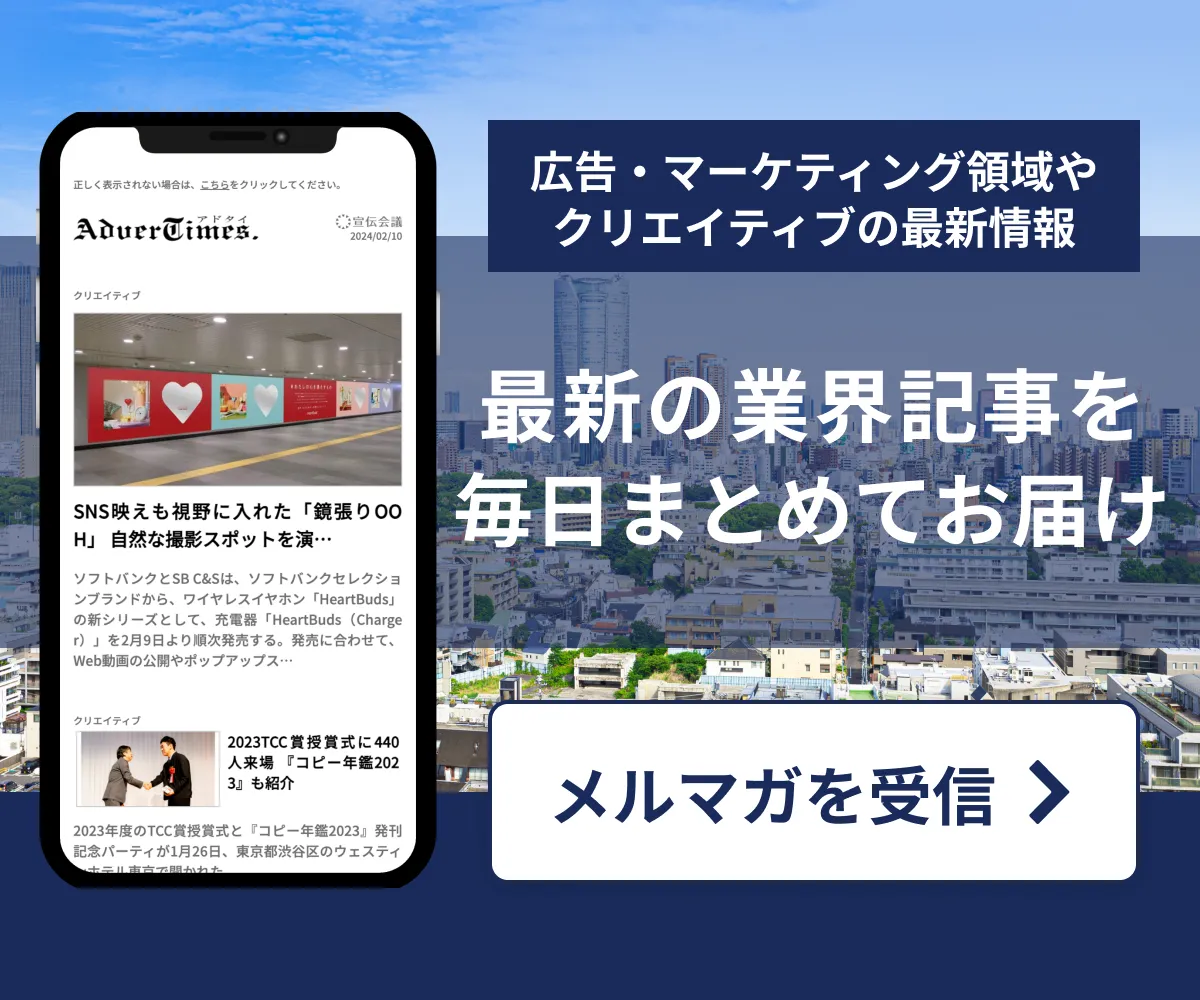今回は、SXSWのチーフ・プログラム・オフィサーを務めるヒュー・フォーレスト氏へのインタビューを紹介します。
—今年のSXSWも大変な盛り上がりでした。
SXSWは30年前、小さなフェスティバルとしてスタートしました。この10年で着実に成長し、特にテクノロジー系の拡大は顕著です。またグローバルなイベントにもなりました。多くの失敗もありましたし、それを乗り越えてきたからこそ、今があります。しかし、大きくなることが目的ではありません。参加者に楽しんでもらうことが何よりのゴールです。
—日本人も多く見かけるようになりました。
今年の日本人の来場者は1000人を超えることは確実で、この来場者数は米国に次いで2番目、もしくは3番目になるでしょう。ちなみに長く2番目は英国でした。国際的なイベントになり、日本人が来てくれることを嬉しく思います。SXSWの良さはMIXの文化です。国を超え、文化を超え、自分が知らないことに触れることができる。その意味で、日本人の独特の考え方や少子高齢化という社会課題などは、米国人から見ると、とても興味深いコンテンツなのです。
—他のアジア、特に中国の企業や参加者の姿も目立ちます。
日本や韓国に比べると、中国の存在感はまだまだ小さいのが実情です。実は私の妻は中国人なのですが(笑)。日本にSXSWが伝わっているのは、カントリーマネージャーの存在が大きいと思います。何をどのような文脈で行っているのか、その国の言葉で話せる存在がいることは重要です。
—日本企業はチャレンジが苦手と言われます。
どの国にもチャレンジをしない人はいますし、失敗した人を敗者とみなす傾向はあるのではないでしょうか。しかしスタートアップの文化が根付く米国、とりわけこの地域では、「失敗は勲章」と受けとめ、失敗した経験をポジティブにとらえる傾向があります。その経験から学ぶことで、それだけ成功に近づいたと考えるのです。
—日本企業の新規出展も増えました。
ソニーやパナソニックといった企業は、とても素晴らしいブースを構えています。また、展示内容も興味深い。三菱電機や東芝といった大きな企業も新しく出展してくれました。同時に数名のスタートアップや長く出展してくれている東京大学のような団体にもとても感謝しています。なぜなら、SXSWはMIXされることが魅力だからです。大企業はスモールチームから、スモールチームは大企業から、互いに学ぶことができるのです。ですから規模や歴史にとらわれずにチャレンジしてもらうことを歓迎します。
—これから日本に期待することは?
新規出展や来場をお待ちしています。少子高齢社会でのAIの活用など、日本の取り組みは、米国を始めとする諸外国にとっての新たな発見となり、来場者の興味関心でもあります。高齢化する地域でのモビリティの未来を探った、福井県永平寺市とパナソニックによる自動運転の活用事例なども大変興味深かったです。イノベーションは知らないことから生まれるので、ぜひ6月からの講演者受付に手を挙げて欲しいです。日本には、VRの遊園地があると聞きました。米国には、まだありません。日本人は知っていても、まだ世界が知らないことを発表する場になっていくと良いと思っています。
#SXSW2018 Tour Report
SXSW CPO Interview: The Road To Current-Day SXSW Was Paved With Many Mistakes
Hugh Forrest, SXSW Chief Programming Officer of Content
Sendenkaigi organized the overseas advertising training session “Innovation Boot Camp in Texas” during the period SXSW 2018. For this installment, we interviewed Hugh Forrest, SXSW Chief Programming Officer of Content.
— There’s a lot of excitement at SXSW this year, isn’t there?
SXSW began as a small festival 30 years ago. And we’ve grown steadily, experiencing quite a lot of growth within the past ten years. The expansion of the tech end has been particularly remarkable. At the same time, we’ve also become a global event. But numerous mistakes were made as we built SXSW into the robust event it is today, and SXSW 2018 is a testament to our ability to overcome our previous mistakes.
Of course, simply getting bigger is not our main goal. Our primary goal is to provide attendees with an enjoyable experience.
— We’ve also come to see many Japanese attendees.
There are more than 1,000 Japanese attendees this year. After America, I believe Japan is the second biggest country in terms of attendees, or maybe the third. Incidentally, it always used to be that the United Kingdom was the second biggest. I’m very pleased that we’ve become a global event, and that we’re seeing so many Japanese attendees now.
I think SXSW’s strength is that it offers a cultural mix. It transcends nationalities and cultures, and allows participants to learn new things. In that sense, from an American perspective, cultural issues such as the unique Japanese mentality, and Japan’s aging population and declining birth rate, are of great interest.
— There are attendees from other Asian countries as well, particularly from China.
Compared to Japan and Korea, China’s footprint is still quite small at SXSW. And my wife is actually Chinese (laughs). I think our representative in Tokyo played a huge role in bringing SXSW to the attention of the Japanese people. And having someone who can talk about SXSW in the native language of the country is very important. So in that sense, since Japanese have the opportunity to learn about SXSW from various outlets, including articles like this, I imagine we will continue to see an increase in the number of Japanese attendees in the future.
— It’s said that Japanese companies are hesitant to challenge themselves.
The kinds of people who don’t challenge themselves can be found in all counties and in all cultures. And, all countries and all cultures often brand people who have failed as “losers.” But, in America and in the regions in this nation that have strong startup ecosystems, failure is more often accepted as a “badge of honor.” And, the act of experiencing a failure is seen as something positive — because it provides you something to learn from and gets you that much closer to having a success. Of course, just like the Japanese, Americans hate failing, and would rather avoid failures. But of all the companies announced for SXSW, very few are as large as Twitter or Airbnb. 9 out of 10 startups fail. So, I think participants will realize that failing is a natural part of the process, and that the more times you fail, the more likely it is that at one point you’ll succeed, so you’re actually making progress.
— There are more new Japanese companies at SXSW this year.
Companies such as Sony and Panasonic have put together truly fantastic booths this year, and their exhibitions are very interesting. At the same time, we have large companies like Mitsubishi Electric and Toshiba participating for the first time. But we’re also very grateful for the several smaller startups, companies and organizations that have held exhibitions at SXSW for many years, such as Tokyo University (“Todai to Texas”). And the reason we are grateful is that SXSW’s appeal is the way it provides its participants with the opportunity to share experiences with others with whom they would not normally mix. Larger companies can learn from the smaller teams at SXSW, just as smaller teams can learn from the larger companies and attendees from other countries. So I invite all companies and organizations to give SXSW a shot, regardless of their particular history or the scope of their business.
— What would you like to see from Japan in the future?
We look forward to new booths and attendees. I mentioned this earlier as well, but Japan’s unique application of A.I. and the other ways in which Japan is wrestling with its aging population offer new discoveries for those of us from America and other countries, and at the same time are of great interest to our attendees at SXSW. Topics such as the one that came up in Friday’s session regarding the use of self-driving cars for the aging population in Eiheiji have been very interesting as well. Innovation stems from the unknown, and I’d be thrilled if you applied in June to be one of next year’s lecturers. I’ve heard that there are virtual reality amusement parks in Japan. We don’t have those yet here in America. I would be very pleased if SXSW became a venue where Japanese could share concepts that the Japanese people may already be familiar with, but which are new to the rest of the world.
















































